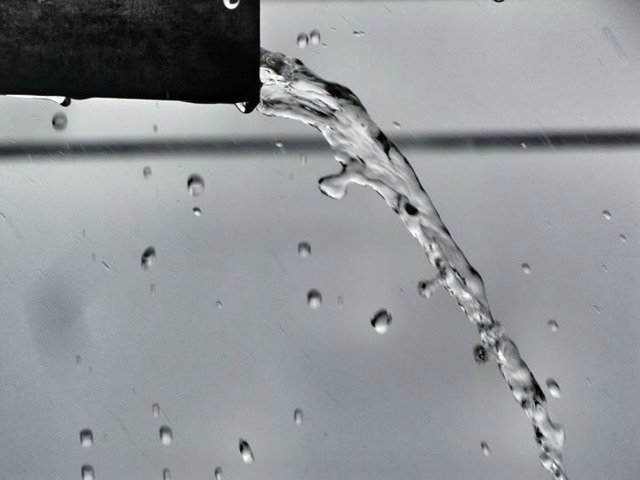Table of Contents Show
Water Drainage Away from House DIY Tips and Techniques — Accumulation of drainage water around the house not only makes the area look dirty and foul smelling, but is also a breeding ground for diseases, bacteria, and virus. Here are some easy cheap ways of draining water away from the house. Let’s examine water drainage away from the house DIY tips.
Water Drainage Away from House DIY Tips and Techniques

Introduction: Water Drainage Away from House
Basements and lawns outside one’s house are the two major victims of improper drainage. Molds, musty smell, a thin white crust on walls, and water puddles in the yard are symptomatic of drainage problems in the house. Not only are they bad to look at, but open drainage issues can be a breeding ground for many diseases. Let’s examine some water drainage away from the house DIY tips and techniques.
To know if you have drainage problems, begin by looking for signs around the house. It’s important to know when the water problems creep up; for example, do you have water only when spring approaches or is it only during heavy rainfall that your gutters fill up? However, if you witness drainage problems all the time, the culprit could be a crack in the basement or faulty gutters. Only when you determine the cause of your problem will you be able to plan a corrective course of action.
Water Drainage Away from House
Waterproofing the exterior walls of the basement and installing a sump pump to drain out water are two effective ways to bring an end to a wet and moldy basement. However, these ways can prove to be expensive and complex to understand for many homeowners. So to reduce the problem, inexpensive ways like diverting the water away from the foundation of the home are most sought after. Not only is this method easy on the pocket, but it is a simple procedure anyone can do at home with the help of decent instructions and tools.
There are various methods to stop water seepage and ensure proper drainage that you can do at home yourself. A shallow ditch called a Swale dug around the house is one of these effective measures, and it involves digging a ditch surrounding the house from all sides, filling it up with gravel or crushed rock and then finally covering it up with soil and grass. However, it is important to make sure the ground between the house and swale slopes towards the swale to allow the water to fall in the swale.
Must Read:
Installing gutters and downspouts also eliminates the drainage problem efficiently. Gutters, however, only work best if they are cleaned periodically, which results in proper flow and draining of water. While installing downspouts, it should be noted that they should be extended in such a way that they dump the water away from the foundation of the house to prevent wet basements.
A French drain can also help while building a drainage system around the house (digging a french drain). Though it is easy to digging a French drain, a few things should be kept in mind. If you are making the drain around a house that has a basement, the trench should be deeper (6 feet at least), but if there isn’t a basement around a shallow trench (2 feet) would do. Cover this trench with one layer of gravel, perforated pipe, then again with gravel, filter fabric, and then top it up with soil and turf.
Though these methods are very efficient in controlling the drainage problems, regular maintenance is required for these ways to be fruitful. Ensuring that all the cracks in the basement walls are filled up regularly can nip the problem in the bud, and so will checking the grading around the house.
References
- FRENCH DRAINS; http://www.donnan.com/french_drain.htm
- Surface and under-ground drainage for basements and crawlspaces improvement; http://www.house-energy.com/Basements/Drainage.htm











2 comments
So lovely post.
Not 6 feet deep if you have a basement , 6 feet away from house .